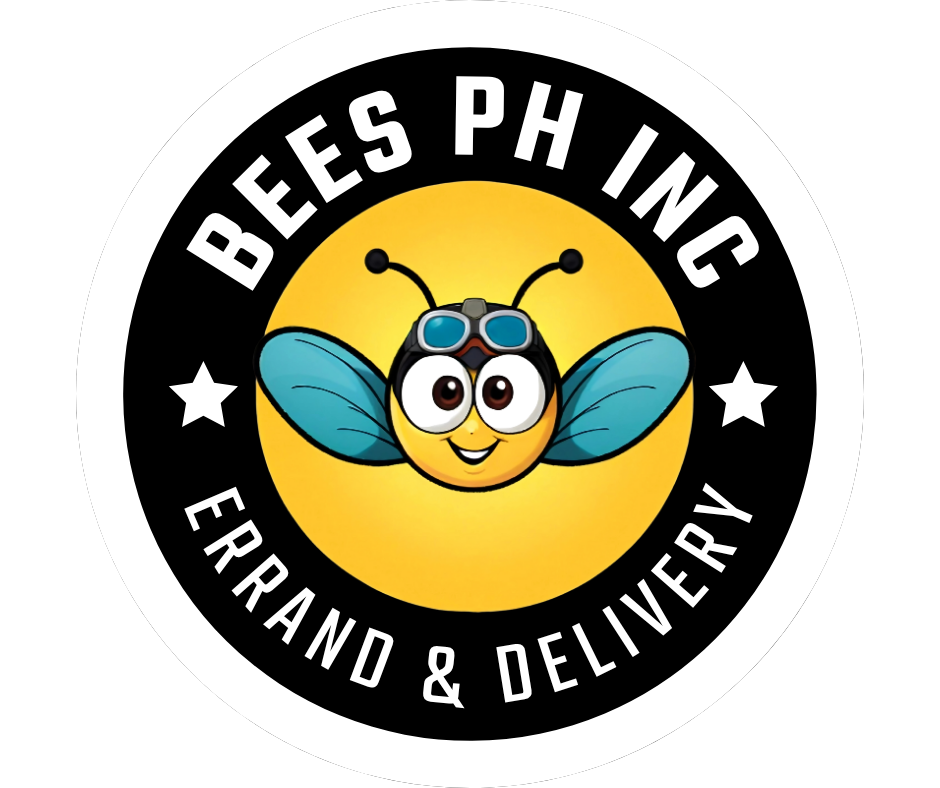
Inappropriate Online Content Guidelines
Guideline on inappropriate and sensitive online content: Bees Ads and Bees Deliveries & Errands
Introduction
Please read this Guideline on inappropriate and sensitive online content: Bees Ads and Bees Deliveries & Errands(“Guideline”) carefully. By using our Service, you are deemed to have read, agreed, and understood the terms and conditions in this Guidelines which apply to you. If you do not agree to the terms and conditions of this Guideline, please do not use or continue using our Platform or Service. Where reviews are concerns, these Guidelines shall apply.
The following are illustrative and non-exhaustive examples of inappropriate content that are strictly prohibited when using our Platform or Service:
1. Obscene and Indecent Content
Content that is contrary to social and moral norms, common sense of decency, and modesty. Such content includes, among others, nudity, sexually explicit images or messages, lewd, sexual activity and rape.
2. Offensive and Menacing Content
Content that has the tendency to annoy, harass, abuse, or threaten any party or is generally against the current standard of morally accepted behavior. Such content includes, but is not limited to, inappropriate elements that (i) threaten national security or public order; (ii) are political or include criticism of the Government or rulers; (iii) promote undesirable traits such as supporting or expressing sympathy or support to terrorist acts or organizations; (iv) disregards the sensitivity of the community and social norms of the country in which the content is exhibited; or (v) depicts criminal and immoral activity.
3. Violent Content
Content that promotes violence, be it physical, verbal, or psychological induces fear or imitation. Such content includes advertisements of products such as weapons or contains visuals like blood and injuries.
4. False Content
Content that is fake or contains a significant degree of inaccuracies or false, incomplete, or misleading information. These include sales of replica products such as replica antiques, products that do not have the required approval or license from the relevant government agencies, and ‘miracle’ products that promise, for instance, great health. Further, any claims made in an advertisement should stand against objective substantiation. Hence, obvious untruths, exaggerations, or content that is likely to mislead will be considered inappropriate.
5. Content with Bad Language
Content with offensive, inappropriate, profane, or crude language. Such content includes inappropriate naming of a product or food item or unsavory description of a product.
6. Religious Content
Content that refers to a particular religion or contains the image of a religious personality whether past or current or which quotes religious texts to bolster the sale of a product. This category shall include advertisements of religious products.
7. Content with Children
Content that is aimed at young children or depicts visuals of children must be handled with more care and sensitivity as they are easily influenced, impressionable, and less mature/developed in thinking. Such content includes depictions of a child engaging in a dangerous activity, displaying a child in a degrading manner, or exploitation of children.
8. Content with Illegal / Prohibited Products
The following products are generally prohibited from being advertised or are otherwise considered inappropriate:
Cigarette, tobacco, and vaping products;
Illicit drugs such as cannabis/marijuana products;
Alcoholic Products for underaged users;
Displaying the form of alcohol products (e.g., show a bottle of beer);
Firearms, weapons, other explosive material/products designed to explode, and services that instruct/teach production/enhancement of such products including fireworks;
Marriage agencies and ‘friendship’ clubs;
Pornographic materials and sexual products and services (sex toys, books, videos, etc.);
Gambling;
Products with inappropriate wording such as t-shirts;
Fortune telling, astrology services;
Unregistered medicines;
Exotic meat, endangered animals and products of wildlife trafficking, illegal hunting and poaching of endangered species such as marine mammals, shark fins, rhino horns, ivory, deer musk, bear bile, tiger penis, and any similar products;
Pork products (Malaysia);
Unlicensed enterprises/products such as money lending agencies, weight loss programs, gyms, health supplements, travel agents, shares and indices trading platforms, and deceptive business practices such as Ponzi / pyramid schemes, multi-level marketing, guaranteed results, investment or trading courses, and services;
Cryptocurrencies, digital assets and forex trading;
Counterfeit or IP infringed products;
Specially controlled or dangerous drugs e.g. birth control pills;
Abortion services;
Breastmilk substitutes;
Birth control products (Condoms, IUD, etc).
9. Non Denigration or Disparaging Content
The content of an advertisement should not have the aim of attacking or discrediting its competitors. While the comparison is good for promoting vigorous competition, it should be based on the principle of fair competition instead of outright mockery, ridicule, or attack.
10. Use of People in Advertisement
Content, where there is the use of women and children (see Paragraph 7 above), should be handled with more care. Advertisements should not portray women as objects of sex or in an exploitative manner. People with disabilities should be portrayed in a positive light and racial profiling and discrimination must be avoided.
11. Satirical Content
An advertisement can be funny and satirical. However, extra care must be taken. It is advisable to avoid having well known public/political figures as the center of the joke. The list of such people includes government leaders, politicians, religious and community leaders, activists, and competitor’s business leaders.
12. Unauthorized Use of Brands
Content that uses other parties’ registered trademarks without appropriate approval.
13. Abuse of “Halal” Content
False content that reflects the product they are offering is Halal to attract consumers.
We reserve the right to add, amend, or remove this Guideline at any time, without the need for prior notice. If you do not agree to any of the changes, you must stop using our Platform and Services. Please note that your continued use of our Platform and Services means that you have agreed and consented to any changes to this Guideline.
